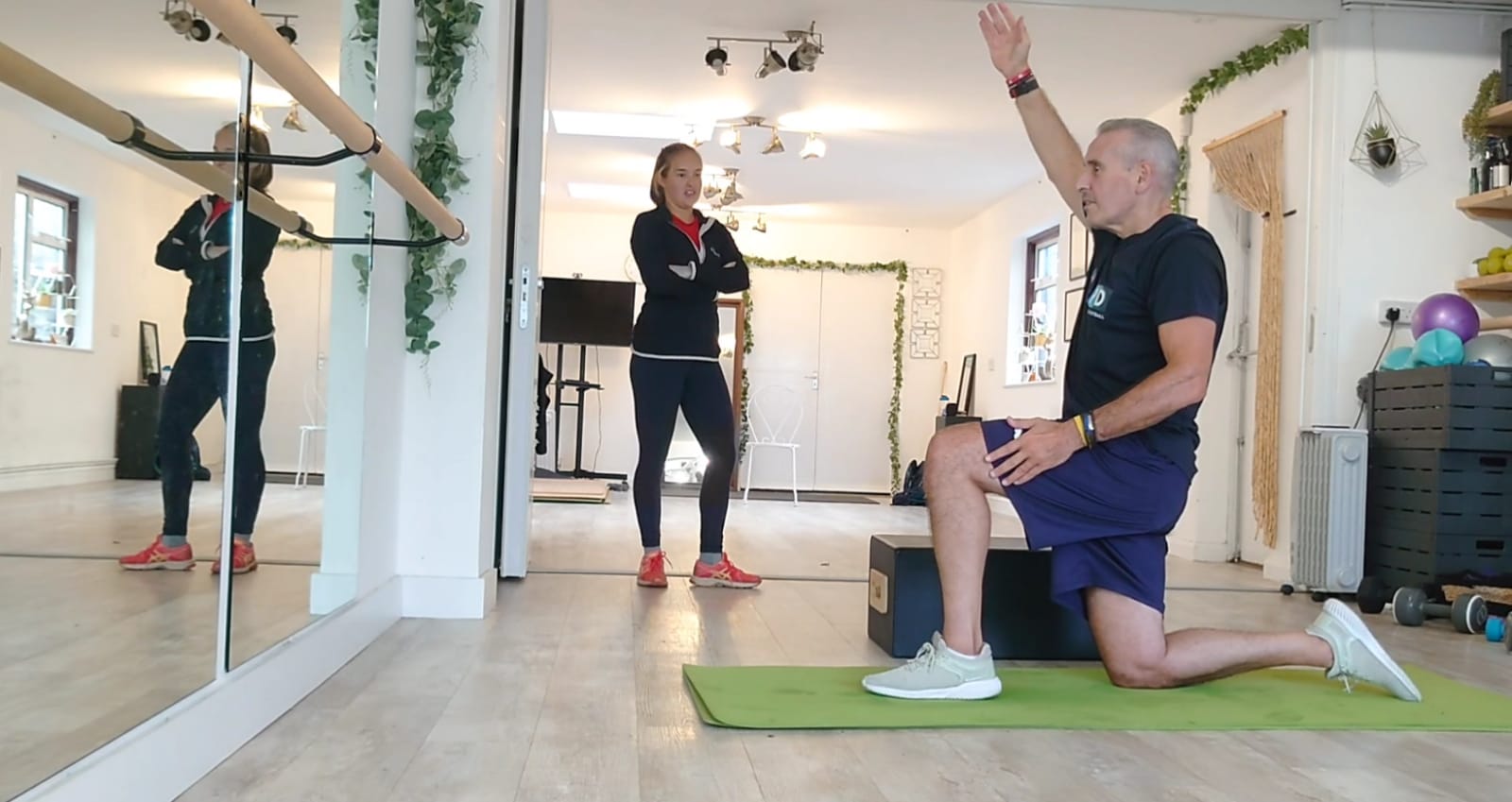Regular physical activity is good for both physical and mental health. The same is very true for individuals with MS. Exercise can give individuals better control over their body and decrease side effects of MS including overall fatigue.

Exercise for delaying disease progressionMultiple Sclerosis is a clinically and pathologically complex disease. Several mechanisms have been proposed as a possible link between exercise and MS progression. Cytokines play an important role in the development of MS and are therefore a target for treatment interventions. Studies have suggested that progressive resistance training may have an impact on resting cytokine concentrations, impacting immune function and also disease progression for individuals with MS. Failure to produce adequate neurophins concentrations can result in decreased protection of the central nervous system resulting in neural death and symptoms of MS. Concentrations of nerve growth factor, a neurotrophic factor has been found to be higher in individuals who have exercised. It could therefore be suggested that exercise could induce neurotrophin production possibly preventing neural death therefore delaying the progression of multiple sclerosis.
Exercise in managing symptoms and side effects of MS
Which exercise is best?
With exercise there is no one size fits all. The best exercise type, duration and intensity depends on an individual’s specific physical needs, clinical needs and also their personal preferences. Some exercise recommendations for individuals with MS include:
References:
Bathina, S., & Das, U. N. (2015). Brain-derived neurotrophic factor and its clinical implications. Archives of medical science: AMS, 11(6), 1164.
Dalgas, U., & Stenager, E. (2012). Exercise and disease progression in multiple sclerosis: can exercise slow down the progression of multiple sclerosis?. Therapeutic advances in neurological disorders, 5(2), 81-95.
Kalinowska-Lyszczarz, A., & Losy, J. (2012). The role of neurotrophins in multiple sclerosis—pathological and clinical implications. International journal of molecular sciences, 13(10), 13713-13725.
Exercise in managing symptoms and side effects of MS
- Prevents and helps manage fatigue
- Improves strength and physical function
- Improves mobility and flexibility
- Improves balance and coordination
- Improves bowel and bladder function
- Helps maintain a healthy weight
- Reduces the impact of pain
- Reduces chances of acquiring co-morbidities Reduces anxiety and stress Which exercise is best?
Which exercise is best?
With exercise there is no one size fits all. The best exercise type, duration and intensity depends on an individual’s specific physical needs, clinical needs and also their personal preferences. Some exercise recommendations for individuals with MS include:
- Take part in aerobic exercise that supports functional movements e.g. walking.
- Practice balance and co-ordination exercises.
- Take part in high intensity interval training to improve cardiovascular fitness and manage weight gain.
- Try shorter, more regular workouts to avoid overheating.
- Take part in strength training using functional, meaningful movements to improve strength, posture and balance.
- Try low-intensity outdoor exercise to help cope with fatigue.
- Consider specific single arm or leg exercises to cope with weakness that only occurs on one side of the body.
References:
Bathina, S., & Das, U. N. (2015). Brain-derived neurotrophic factor and its clinical implications. Archives of medical science: AMS, 11(6), 1164.
Dalgas, U., & Stenager, E. (2012). Exercise and disease progression in multiple sclerosis: can exercise slow down the progression of multiple sclerosis?. Therapeutic advances in neurological disorders, 5(2), 81-95.
Kalinowska-Lyszczarz, A., & Losy, J. (2012). The role of neurotrophins in multiple sclerosis—pathological and clinical implications. International journal of molecular sciences, 13(10), 13713-13725.
Sign up to receive your free Multiple Sclerosis Exercise Guidebook!
By downloading this free guide you will learn:
-
Tips on excercise for your symptoms
-
Tips on how to stay motivated
-
Tips from people with Multiple Sclerosis
Write your awesome label here.


